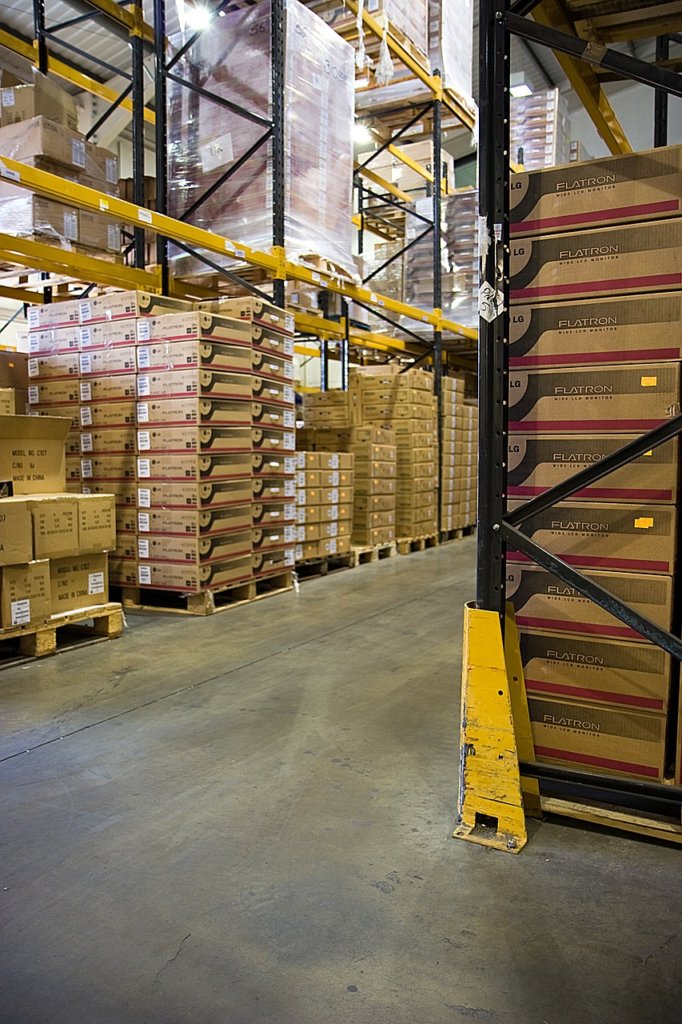Warehouse management systems (WMS) are critical components of warehouse supply chain management, warehouse functionality, planning, staffing and distribution center management. Without a reliable WMS, running and managing a large warehouse or multiple warehouses today would be virtually impossible.
WMS applications help companies manage material storage and movement within their warehouses and distribution centers, but they also give you a clear picture of their inventory and its location at any given time. Typically functioning as one part of a larger resource management network, well-managed WMS applications contribute to successful business operations but also higher customer satisfaction.
What Is a Warehouse Management System?
While individual WMS applications and their implementation methods vary across organizations, a WMS is generally a software system designed to optimize warehouse operations and distribution center functionality. Such systems manage the movement and storage of materials inside one or multiple warehouses and track and coordinate the transportation of materials between warehouses, distribution centers and manufacturers.
A WMS is a crucial part of supply chain management, and individual WMS application features can vary by system. Many companies are relying on cloud-based warehouse management systems today, and for a good reason. A cloud-based WMS can store more data with greater efficiency, and allow companies to access their data in one hub and keep it secure. WMS software, cloud-based or not, also vary in complexity depending on the warehouse management operations and procedures it supports.
Choosing the right WMS for your warehouse system can take time and patience, and the right option is a game-changer in your warehouse management operations.
The Basic Warehouse Management System Processes
In general, a WMS supports an organization’s supply chain process in three basic stages. These stages include inventory management, work creation and execution, and reporting and analytics. Here is a brief outline of the warehouse management system process.
Inventory Management
This stage deals mostly with quantifying and locating the inventory already in your warehouses and distribution centers. The inventory management process usually involves tracking products inside your warehouses, planning and managing inventory counts, managing inbound and outbound processes, coordinating product moves, and tracking receipts and putaway.
Work Creation and Execution
This stage focuses on managing work activities by task and location. The work creation and execution process involves assigning tasks based on area, creating and managing work assignments, managing daily warehouse management procedures, and handling operations such as packing, receiving, putaway and more.
Reporting and Analytics
This stage of the warehouse management system process involves creating reports and compiling analytics on labor and warehouse performance, work assignment execution, storage and inventory, order status, and equipment information. This information is accessible at your fingertips when you implement a cloud-based WMS into your warehouse management process.
Optimize Your Warehouse Management Operations With Finale
When you need a reliable cloud-based WMS, turn to Finale. Contact us with any questions you may have, and ask about a free trial of our cloud-based WMS to optimize your warehouse operations today.






